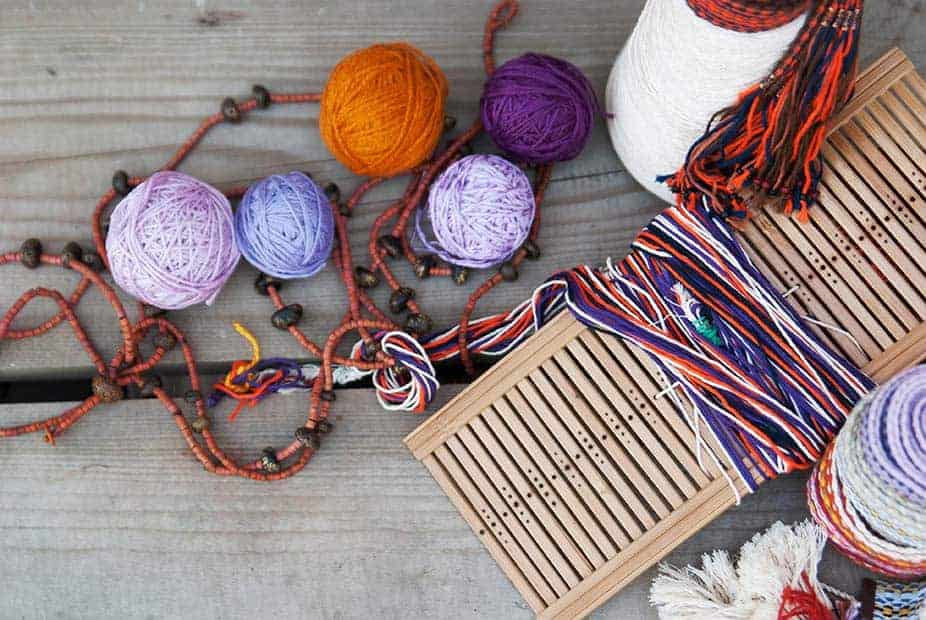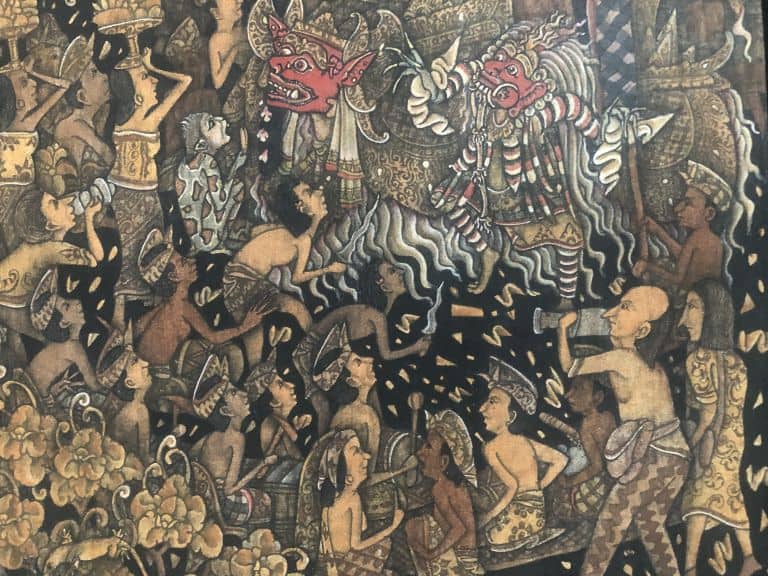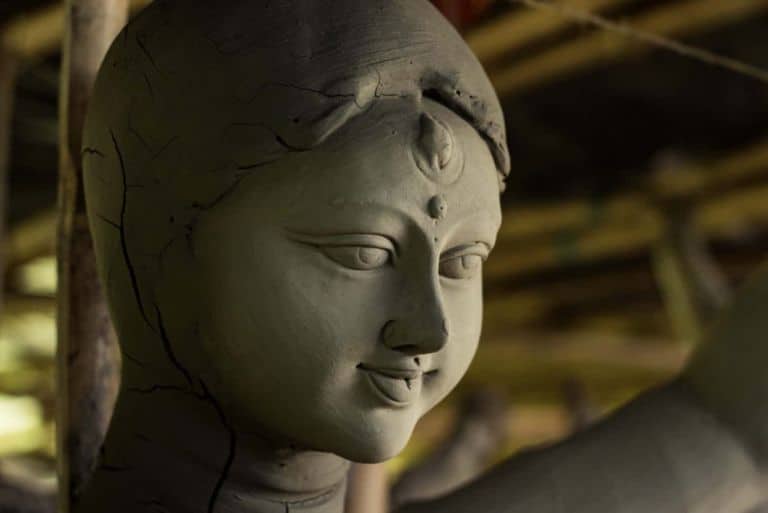 … is for Craft
… is for Craft
Crafts are often distinguished from fine art forms, such as painting and sculpture, by the fact that the object that is produced from the practice of a craft has a functional, often domestic, purpose. For example, a weaver produces a piece of cloth that can be made into clothing and worn and the clay pots, dishes and bowls that are thrown by a potter may be used for storage, cooking and eating from. Practitioners of crafts are often referred to as artisans, not artists, as what they do is generally considered to be a lesser form of creative practice. Craft traditions also tended to be practised by women, which may also have contributed to their lower status!

Beginning in the twentieth century, however, the boundaries between art and crafts became increasingly fluid and blurred, especially as more modern and contemporary artists began to incorporate craft practices in their art-making. This has been especially so in Southeast Asia, where a prevalent use of the traditional (including traditional craft practices) was identified by then-director of the Singapore Art Museum, Tan Boon Hui, as one of the four common threads running through the contemporary art of the region, in his essay for the seminal exhibition of Southeast Asian contemporary art, Negotiating Home, History and Nation.
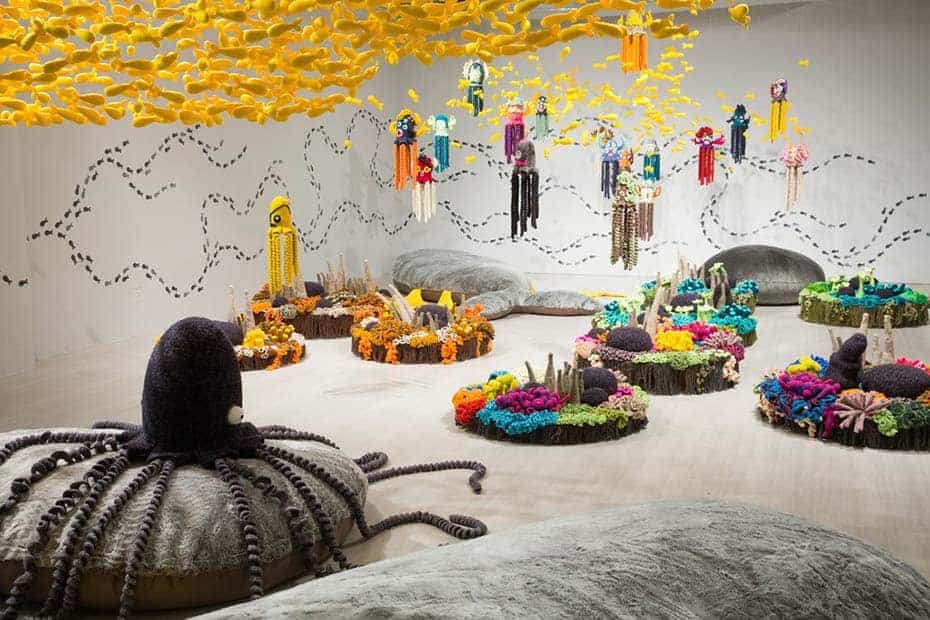

Indonesian contemporary artist Mulyana, for example, has made knitting and crocheting his artistic signature, creating entire room installations of corals, sea creatures and underwater-scapes to raise environmental awareness and to deliver messages about conservation.
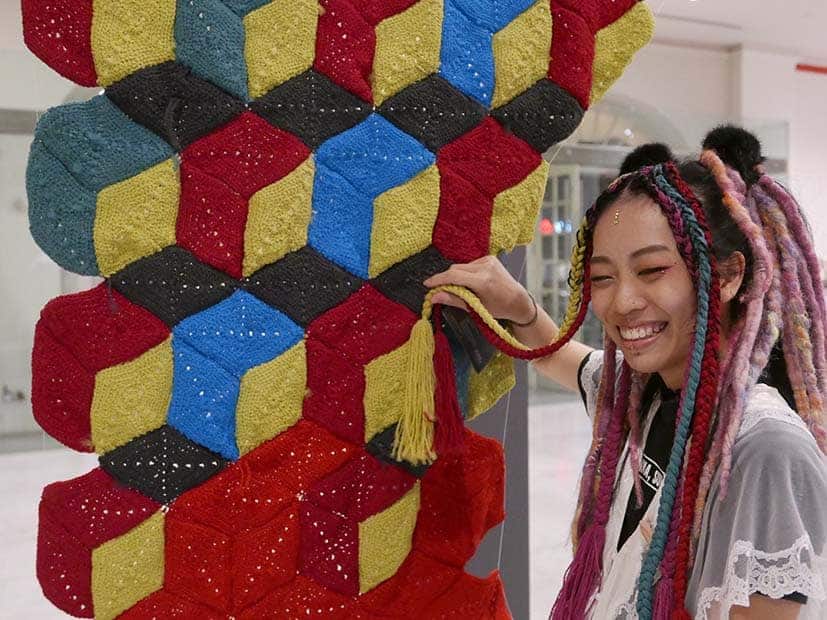
Just a few days ago, we met Singapore artist Kelly Lim, who goes by the pseudonym kllylmrck (Kelly Limerick) at the Asian Civilisations Museum, where her knitted “yarn-bomb” artwork is part of the Light to Night Festival 2018.
So what defines an artist or a craftsperson? Or rather, what distinguishes one from the other? This isn’t a new question. The boundaries between art and craft have long been contested and debated.
Is it the material worked with, so that textiles, ceramics and glass, for example, immediately fall into the category of crafts? That seems to me to be too simplistic a criteria, particularly in the contemporary context when so many established artists have chosen to work with these materials.
What about the age-old criteria of functionality or utility? Does something wearable or useable automatically fit into the craft category while something which has no clear practical use must be called art? This, too, seems to no longer be sufficient to make the crucial distinction as artists often produce art which also has a practical function!
Could it, then, be something as simple as the intention that makes the difference? If, in the making of something, the maker intends for it to have a purpose beyond mere utility but aspires to express something deeper or to imbue the work with a greater meaning, perhaps, then, the work becomes a work of art.
What do you think? What elevates a craft into an art? And when does a maker become an artist?
Letter ‘C’ illustrated by Nadra Ahmad
